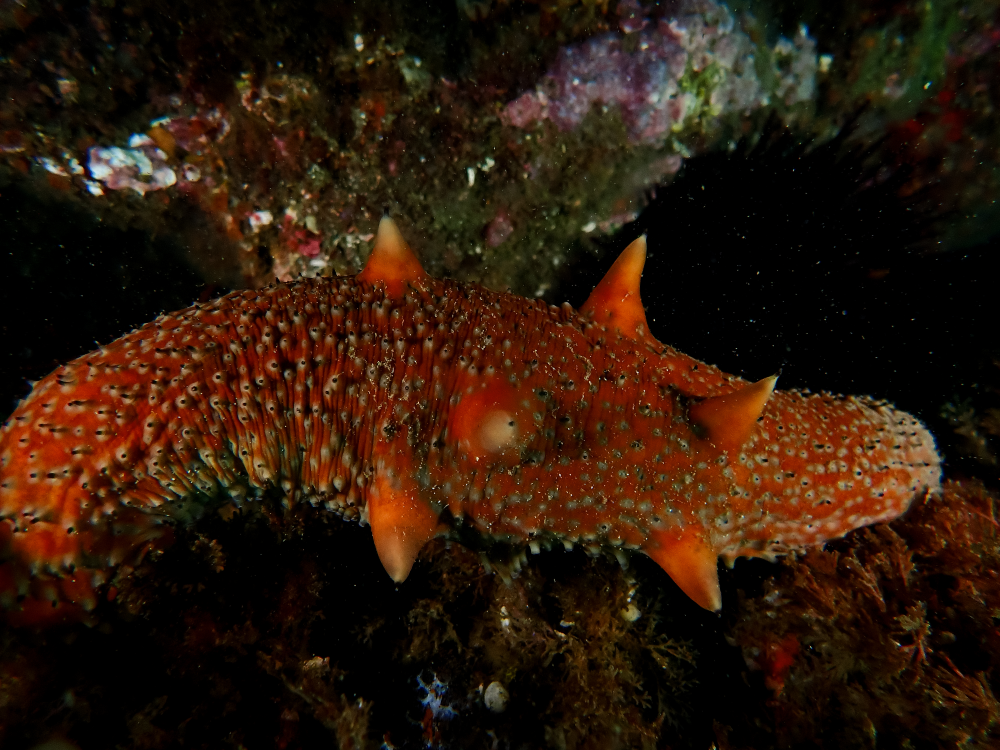An expedition exploring the marine biodiversity off the coast of Southern California recently spotted a remarkable sea slug known as the Spanish shawl. It’s just one of a host of curious sea creatures observed so far in Oceana and Blancpain’s second ocean expedition in the region. The goal? To bolster the region’s reputation as the “Galapagos of North America” and seek greater protection for the animals that live there.
The Spanish shawl, Flabellina iodinea, is one of the ocean’s more colorful sea slugs – and that’s really saying something when you’re dealing with the nudibranchs. As a soft-bodied marine gastropod mollusk, it lacks the shell of its more snaily cousins and instead relies on stolen weaponry to stay safe.
The vibrant coloration of Spanish shawls is no accident, representing a defence known as aposematism in which animals use bright colors to warn predators that they’re armed. It comes from astaxanthin, which it gets from eating hydroids – and that’s not the only thing it steals.
When threatened, it can swim remarkably quickly, resembling a shawl as its cerata flail like so many threads. However, in a real bind those cerata double up as a form of attack, releasing nematocysts that the sea slug consumes from its hydroid prey and then redistributes in its own tissues.
The expedition has already sighted a number of remarkable sea creatures, including strawberry anemones, warty sea cucumbers, island kelpfish, and Pacific angelsharks. Southern California’s unique geology and cold, nutrient-rich waters are a driving force for the incredible biodiversity seen here, but it’s under threat from bottom trawls and set gillnets.

A warty sea cucumber in all its glory.
Image credit: Danny Ocampo
In support of a petition to protect California’s biodiversity, Oceana and Blancpain will be carrying out several investigations during this most recent expedition. They include collecting environmental DNA (eDNA) to detect the DNA footprint of animals and plants in the region, scuba dive surveys to document the diversity of species, and identifying giant seabass and their aggregation sites as part of the “Spotting Giant Seabass” research project.
“These expeditions allow us to document and characterize the vast array of California’s renowned marine life in support of our campaign to reduce the entanglement of ocean animals in set gillnet fishing gear,” said Oceana in a statement. “These fishing nets used to catch California halibut and white seabass off Southern California can be over a mile – up to 20 football fields – long and are one of the most indiscriminate fishing gears used in the United States.”
“These nets are among the greatest threats to the recovery of previously overexploited species such as great white sharks, giant seabass, and tope sharks. Our research is highlighting the marine life at risk from entanglement, and what we must safeguard to keep our oceans abundant and resilient in the face of climate change and unprecedented human stressors.”
Source Link: Fabulous Flailing "Spanish Shawl" Sea Slug Spotted On Marine Expedition In California